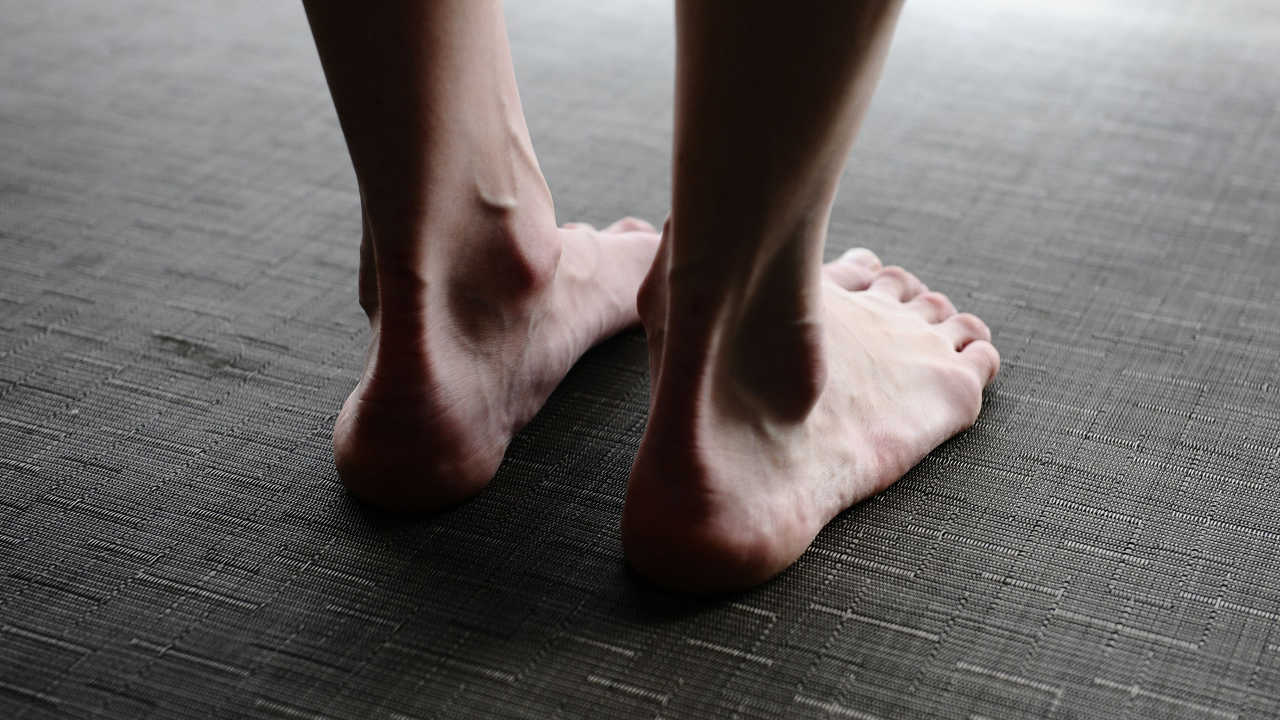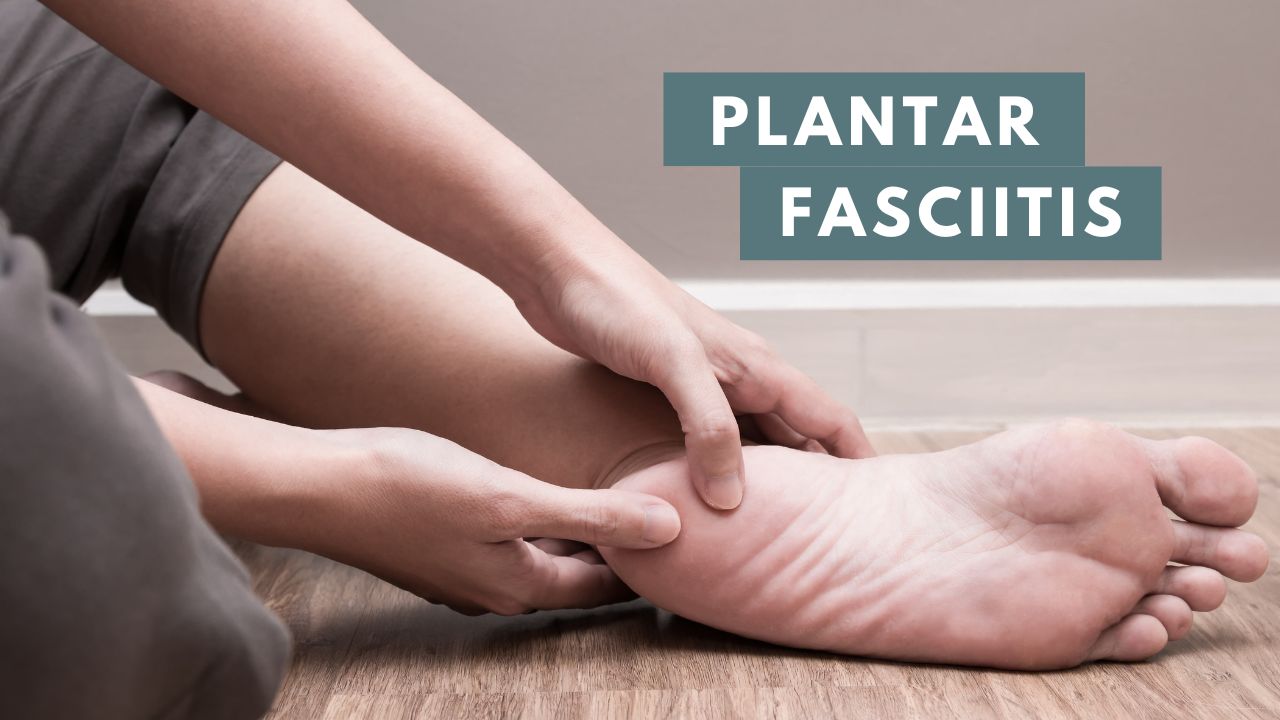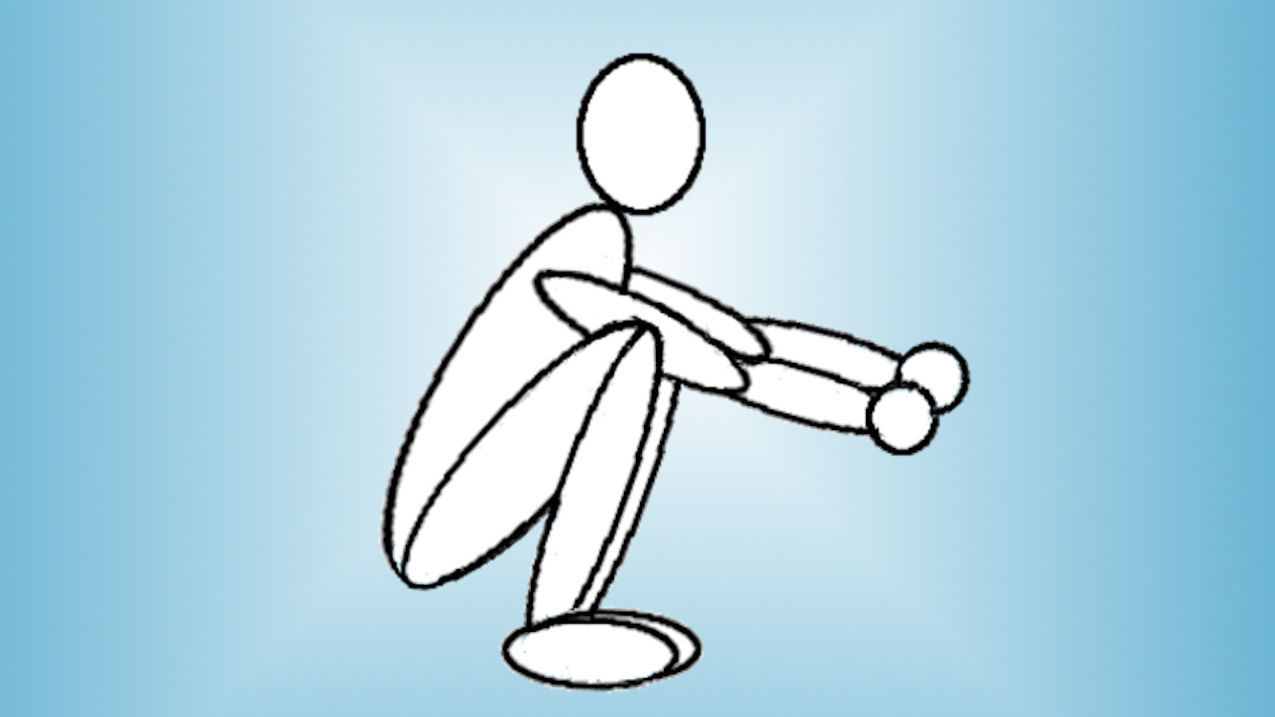Like the foot, the ankle is a complex structure that allows for movement while at the same time providing stability. Weakness of the ankle complex can contribute to flat feet and overpronation in several ways.
Ankle weakness refers to both instability at the ankle joint and impaired strength and coordination of the muscles around the joint.
Ankle Anatomy
Movement of the ankle complex comes from two joints:
- The true ankle joint (tibiotalar joint) that allows dorsiflexion and plantar flexion of the ankle (flexing and pointing the foot).
- The subtalar joint that allows inversion and eversion of the ankle (turning in and turning out of the foot).
These joints are held together and supported by ligaments. Additional stability is provided by the muscles of the lower leg that cross the ankle joint and attach to bones in the foot.
Posterior Tibialis
The posterior tibialis muscle starts in the lower leg and travels down along the inside of the ankle to attach to the underside of the foot near the arch. One of the main functions of this muscle is maintaining the height of the arch.
Weakness in the posterior tibialis muscle is known to be associated with flat feet. Additionally, when the muscle degenerates or ruptures (this commonly happens in older adults) the result is often a completely flat foot.
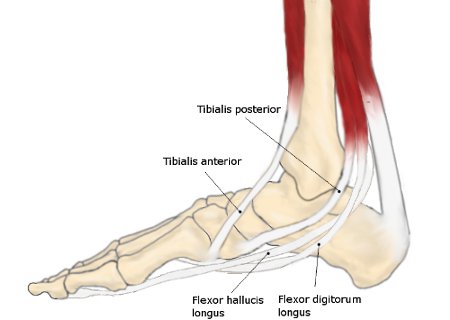
When it comes to pronation and flat feet, it’s the posterior tibialis that usually gets the most attention. However, it’s important to remember muscles don’t work in isolation. It is only one part of a complex system of muscles, tendons, and ligaments the work as a whole to stabilize the ankle.
Peroneus Longus
The peroneus longus muscle is similar to the posterior tibialis in that it starts in the calf and travels down to attach on the underside of the foot. The peroneus longus crosses the ankle on the outside of the joint.
Because of its insertion point on the first metatarsal and cuneiform bones, it can function to stabilize the arch.
Strengthening Weak Ankles
Ankle strengthening can be achieved with exercises that target the muscles around the joint. The main exercises I used for general ankle strengthening were heel raises.
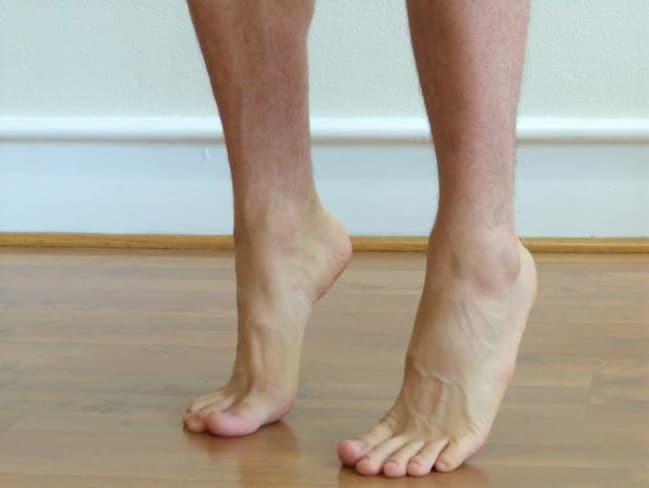
When I first started working on exercises to correct my flat feet, I was amazed at how difficult it was to do proper heel raises.
I found myself compensating for the apparent weakness by using my arms to assist or not raising up to the full height.
This movement requires several muscles in the ankle and foot to work together. So one weak link can make the movement difficult.
I worked on several variations of heel raises in my program. And I also worked on exercises to isolate individual muscles like the posterior tibialis and the peroneus longus.
Then, to put everything in to practice for better arch stability I worked on retraining my movement patterns and walking correctly.
